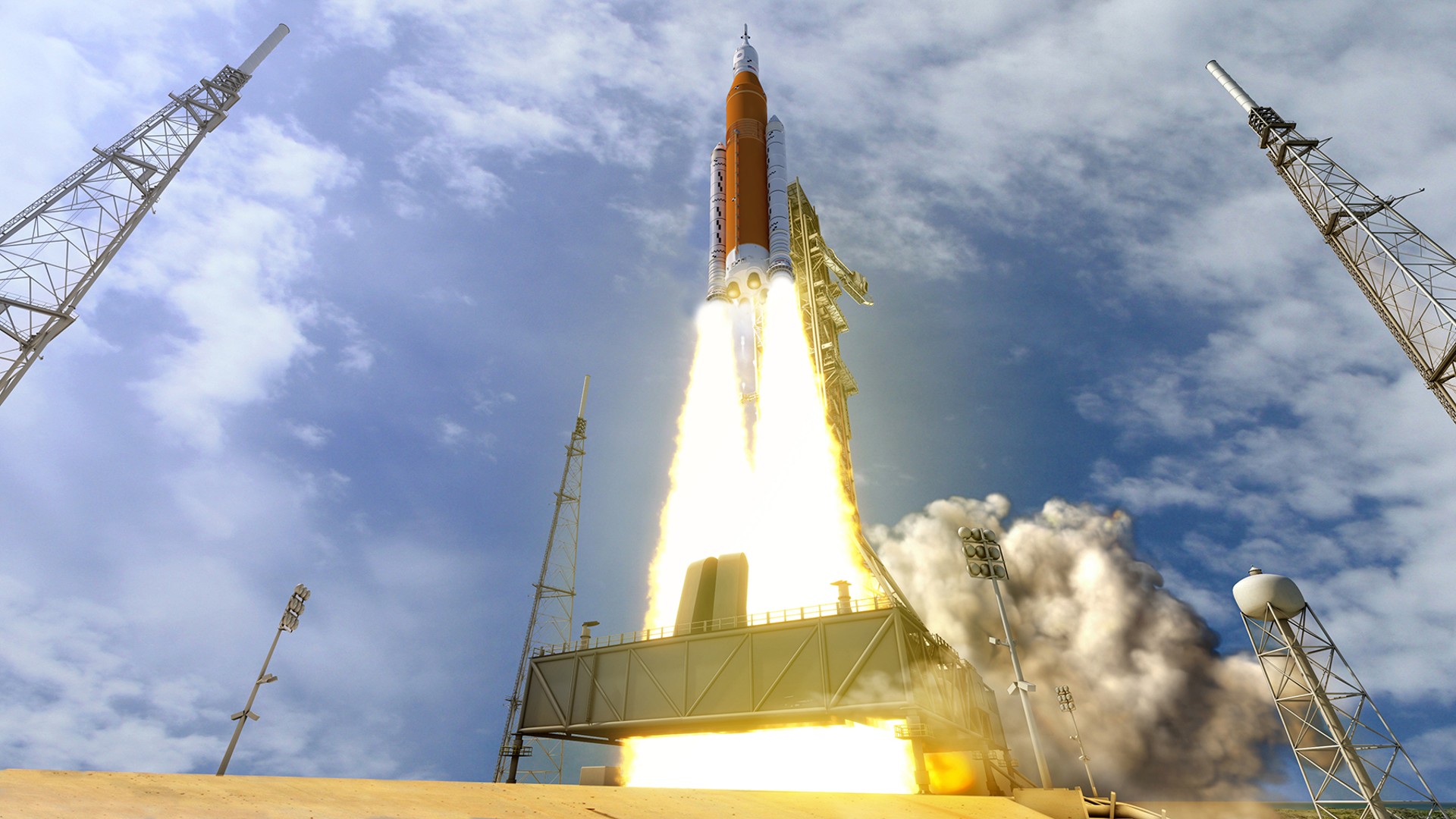You can follow NASA’s epic Artemis 1 moon mission in real time after it lifts off next week.
NASA will launch an Artemis 1 tracking website on Sunday (Aug. 28), the day before the mission is scheduled to lift off. Artemis 1 will see the debut of the Space Launch System (SLS) megarocket, which will send an uncrewed Orion spacecraft on an approximately 40-day journey around the moon and back.
The Artemis Real-time Orbit Website will be advertised on the NASA Orion (opens in new tab) Twitter feed a day before Artemis 1’s first launch opportunity, which comes on Monday morning (Aug. 29), NASA officials said in a statement (opens in new tab).
“Knowing what the spacecraft is doing during the mission is already cool, but now that Orion’s data can be visualized in all these different ways, it will be interesting to see what creative projects others come up with,” Richard Garodnick, an engineer on the mission control center system engineering and development team at NASA’s Johnson Space Center (JSC), said in the Aug. 17 statement.
Related: NASA’s Artemis 1 moon mission: Live updates
More: NASA’s Artemis 1 moon mission explained in photos
The tracking website will provide live information from sensors on Orion that are sent to NASA’s Mission Control center at JSC. Data will begin streaming roughly one minute after liftoff, the agency says, through separation of the SLS Interim Cryogenic Propulsion Stage. Orion, once it separates from the rocket, will provide a stream of real-time information on its own.
That information will include plenty of mission milestones, the flight’s trajectory and Orion data including temperature, distance traveled and mission elapsed time.
A selection of state vectors, which describe where Orion is at any moment in space and its movements, will be available for open-source data repurposing for tracking apps, data visualizations and other third-party creative uses, NASA added.
Follow Elizabeth Howell on Twitter @howellspace (opens in new tab). Follow us on Twitter @Spacedotcom (opens in new tab) or Facebook.

